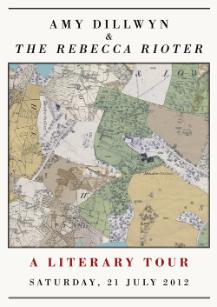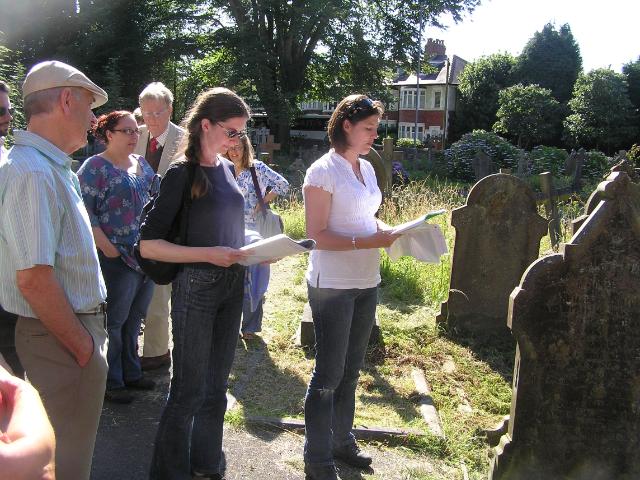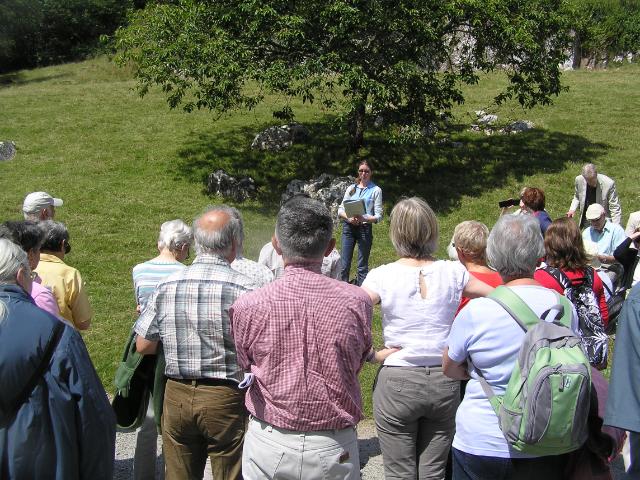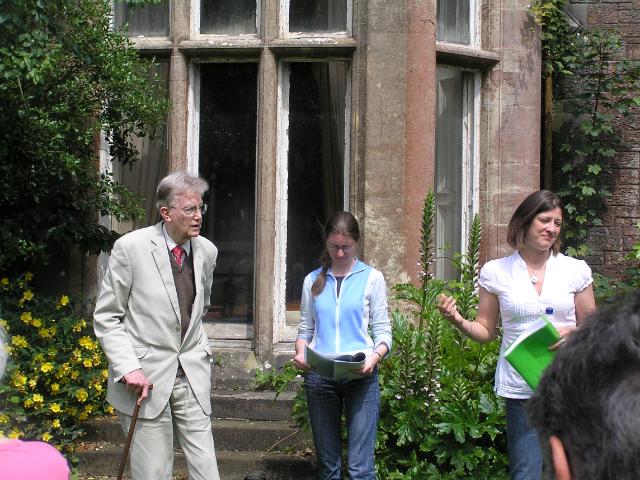Amy Dillwyn and 'The Rebecca Rioter'

The Rebecca Rioter by Amy Dillwyn was published in 1880 and draws on the real life events of the heady summer of 1843, when Rebecca and her Daughters (as the rioters called themselves) were out in force - eluding the authorities to destroy toll gates and burn gatekeepers' houses.
Amy Dillwyn's father and uncle, both local magistrates during the riots, helped to arrest the only Rebecca Rioters ever convicted. Lewis Llewelyn Dillwyn's account of his role in the ambush of the rioters at Pontardulais has been digitised as part of the Gathering the Jewels project. His diary shows just how many times the rioters eluded him during the summer of 1843.
But in the novel it is the rioters who are the heroes.
On one of the few glorious days in a very wet summer, 49 people gathered to explore some of the moorland settings and grand estates which are the backdrop to Amy Dillwyn’s novel. Some pictures are shown below and a full geo-tagged set are available on Flikr. For a write-up of the day, please visit the CREW Blog.



Thanks to: Debra John for providing compelling readings from The Rebecca Rioter and Amy’s own diaries; David Painting for a hugely informative talk on the Dillwyn's and Hendrefoilan House; Thomas Methuen-Campbell for permission to visit Penrice Castle and giving a stimulating concise history of the house and family; Liza-Penn Thomas for making things run smoothly on the day; Rowan O'Neill for documenting the event; Sian Williams for the use of the Miners’ Library at Hendrefoelan campus and to Steve Williams for helping out during the lunch and lecture.
The tour was organised by Kirsti Bohata, CREW, with the support of Bronwen Price (Literature Wales) and with financial support from the AHRC and CREW.
And if you should find yourself at Swansea, and if you go to the top of one of the hills to the west of the town, and see the view from there - looking across the bright blue sea to Devonshire in one direction, and seeing, as you turn round, Lundy Island, and Cefn Bryn, and the distant mountains in Pembrokeshire, Carmarthenshire, Breconshire, and the Swansea valley, and the coast beyond Neath, and across to the Dunraven cliffs - then perhaps you will be able to understand why I have so pined and longed for my own home and country ever since I have been here, and why it grieves me that I cannot see it again just once more before I die, for I have never seen any other place that has seemed to me so beautiful.
(Amy Dillwyn, The Rebecca Rioter)
